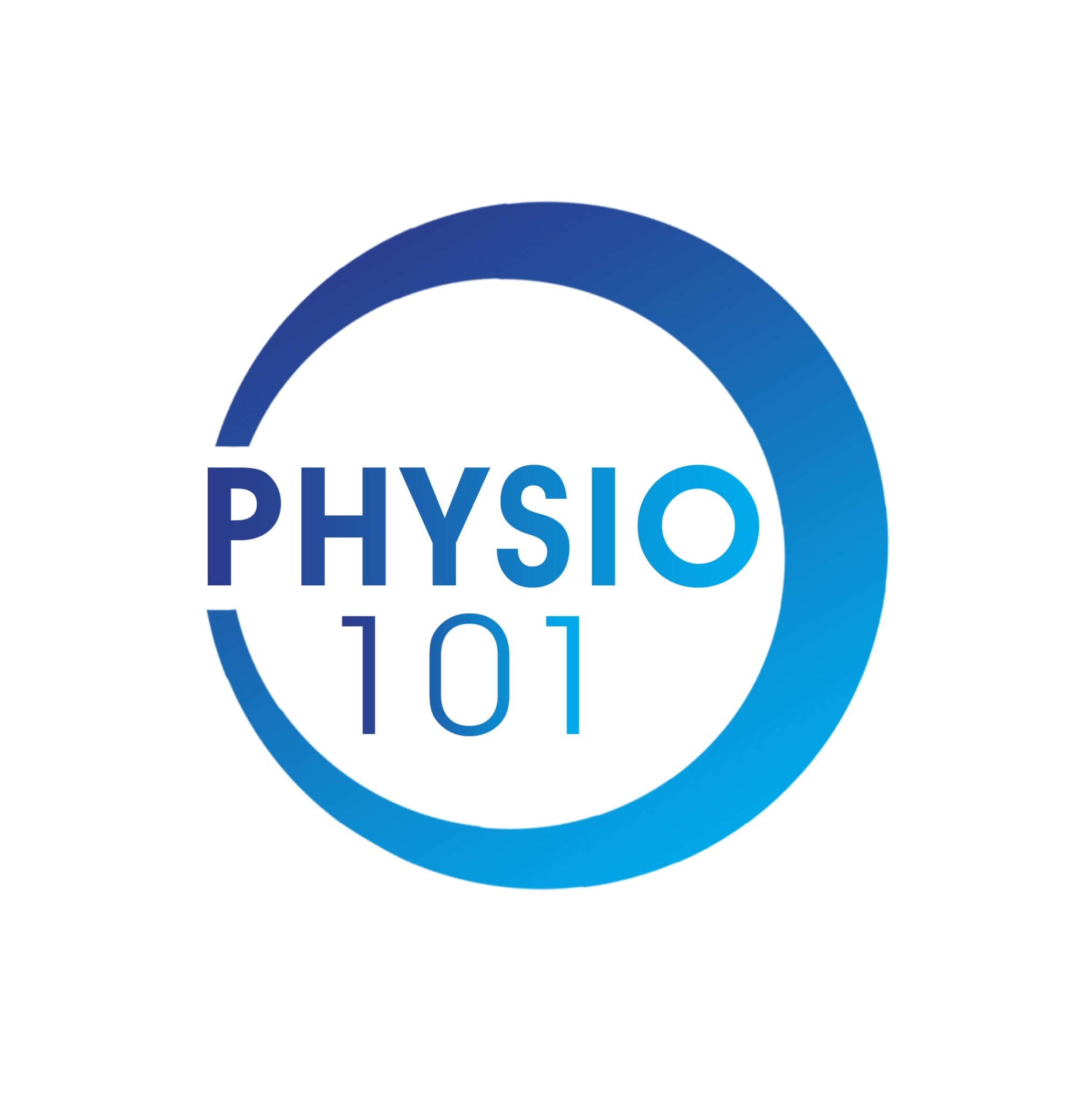Headaches Vs Migraines
What is a headache?
There are many different types of headaches, so identifying the location and nature of your pain can help determine the cause.
Some of the most common types include:
Tension headaches: The pain from tension headaches tends to spread across both sides of the head, often starting at the back and creeping forward. This is the most common form of headache pain. Eyestrain, stress and hunger are frequently causes of tension headaches, and they can sometimes be chronic.
Sinus headaches: These headaches often strike when you’re sick or feeling congested. They’re caused by swelling in the sinus passages, resulting in pain behind the cheeks, nose and eyes. The pain is often as its worst when you wake up on the morning and when you bend forward.
Cluster headaches: These headaches are usually very painful and occur in “clusters,” meaning they happen daily (usually at the same time), sometimes up to several times per day for months. They are a result of dilation in the blood vessels of the brain due to a release of serotonin and histamines. They can be caused by physical exertion, bright lights or even altitude.
What is a Migraine?
Migraines are identified as primary headaches because they do not stem from a larger issue, such as a disease or disorder. Migraines may cause pain on one side of the head or radiate all over.
Migraines are usually severe with regards to pain intensity and may prevent sufferers from engaging in everyday activities. Individuals suffering from migraines usually experience pain for a few hours at a time and may even experience pain for several days. Migraines are classified into two main categories:
Migraine with aura
Migraine without aura
Individuals experiencing migraine with aura may see stars, lights or blurry lines or have a temporary blind spot before the headache hits, whereas those encountering migraine without aura experience two or more criteria, including nausea, vomiting or sensitivity to light, sound or smell.
HOW CAN PHYSIO 101 help?
Manual therapy and specific guided exercises have been shown to help relieve symptoms in both conditions. Massage to improve blood flow, reduce stress and tension has also been proven to have beneficial effects in the treatment of both conditions. Postural and ergonomic correction has been found to significantly reduce the onset of tension type headaches. Reach out to our practitioners today to find out more.

